Pancreas
Table of Contents
Introduction
The pancreas is a vital organ located in the abdomen, playing a crucial role in both the digestive and endocrine systems. It is responsible for producing digestive enzymes that help break down carbohydrates, proteins, and fats in the small intestine.
Additionally, the pancreas secretes hormones, including insulin and glucagon, which regulate blood sugar levels. This dual function makes the pancreas essential for maintaining metabolic health and proper digestion.
It belongs to an endocrine gland that generates the hormones insulin, glucagon, somatostatin, and pancreatic polypeptide, which are primarily within the job of adjusting blood sugar levels. It is an exocrine gland that generates pancreatic juice into the duodenum via the pancreatic duct as part of the digestive system.
Pancreatitis, or inflammation of the pancreas, is frequently brought on by gallstones and long-term intake of alcohol. An additional important organ in diabetes mellitus is the pancreatic, due to its significance in blood sugar management. Pancreatic cancer has a very bad prognosis since it is often identified only after it advances to other regions in the body. It can occur as a consequence of chronic pancreatitis or for other reasons.
Location of the Pancreas
In the most prominent region of the lower abdomen, situated before the alimentary canal, is the pancreas. It exhibits a spongy consistency, averages six to ten inches in length, and appears as a fish or a flat pear placed horizontally around the abdomen.
The large portion that reaches into the belly’s center is known as the pancreatic brain. At this moment, partially digested food that has been pushed from the stomach into the intestine gets treated with digestive enzymes secreted by the pancreas.
The tail, which is the simple end, flows to the left.
Functions of the Pancreas
Exocrine Function:
Exocrine glands in the pancreas develop substances for digestion that are vital. These enzymes include lipase, which dissolves down lipids, amylase, which cuts down carbohydrates, and trypsin and chymotrypsin, which break down proteins. These liquids from the pancreas are discharged into a network of ducts that ends in the main pancreatic duct at food passing the stomach.
The liver and gallbladder are the origins of the common bile duct, which creates bile, another necessary digestive liquid. The waste products in the intestinal and bile that drain into the duodenum benefit the body by cutting down carbs, protein, and lipids.
Endocrine Function:
The gastrointestinal immune system is constructed up of peninsula cells, or islets of Langerhans, whose function is capable of producing efficiently and precisely transferring critical hormones into the bloodstream. Two of the most fundamental pancreatic hormones are insulin, which manages blood sugar, and glucagon, which enhances blood sugar. For essential structures including the brain, liver, and kidneys, to function thoroughly, blood sugar levels need to be sustained.
Structure of the Pancreas
In humans, the organ identified as the pancreas is found in the abdomen, ranging from the area that follows the stomach to the left upper abdomen, adjacent to the spleen. When it is an adult, it measures between 12 to 15 centimeters (4.7 to 5.9 inches) in length, has segments, and has a salmon color.
The pancreas has the shape of a head, neck, body, and tail anatomically. The superior mesenteric artery and vein constitute the two circulation paths that the pancreas surrounds after it extends from the inner slope of the duodenum. The pancreas’ body, which is the longest element, extends and follows the stomach, while its tail begins closest to the spleen.
The pancreas is constructed of two ducts: the main pancreatic duct and a smaller supplementary pancreatic duct. The ampulla of Vater (hepatopancreatic ampulla) is partially ballooning and grows from the connecting artery of the common bile duct and the main pancreatic duct. The duodenum’s descending component is where this ampulla opens.
Parts
classified between the duodenum’s curve, which provides the pancreatic head embraces the superior mesenteric artery and vein. The common bile duct and inferior vena cava remain behind. The transverse colon and the peritoneal membrane are situated in front. Found behind the superior mesenteric vein and occasionally the artery, this small uncinate expansion peeks toward the head.
The pancreatic head, which resides in the duodenum’s curve, is distinguished from the body by the pancreatic neck. The neck originates in front of the portal vein’s opening and is around 2 cm (0.79 in) wide. The neck is covered in the peritoneum and is situated primarily beneath the stomach’s pylorus. The pancreatic neck goes through the anterior superior pancreaticoduodenal artery.
The coeliac artery and superior mesenteric artery both generate branches that connect them to the pancreas, which has a plentiful blood supply. On the front and front surfaces of the pancreatic head, the superior and inferior pancreaticoduodenal arteries run next to the duodenum. They provide the pancreatic head with resources. In the middle, these vessels anastomosis together. The fluid released from the pancreatic body and neck is eliminated by the abdominal vein, which extends behind the pancreas.
Clinical significance
Inflammation
Pancreatitis is the medical term for pancreatic inflammation. Recurrent gallstones or long-term intake of alcohol are the most frequent causes of pancreatitis; other significant reasons include trauma, damage post an ERCP, medicines, infections including the mumps, and particularly elevated blood triglyceride levels.
Significant central abdominal pain that frequently radiates to the back is a common symptom of acute pancreatitis, and it may also be caused by nausea or vomiting. Severe pancreatitis can result in bruising of the flanks or the area surrounding the belly button, as well as bleeding or perforation of the pancreas that can cause shock or an SIRS. An intensive care unit is commonly utilized to manage these significant issues.
As a typical kind of pancreatic cancer, pancreatic adenocarcinoma has different types in the exocrine digestive zone of the pancreas and receives therapy with surgery as the only curative to determine the available, rehabilitation can be complicated because this illness may emerge too late. The vast majority take place in the pancreatic head.
Diabetes mellitus
Diabetes mellitus type 1 is a long-term autoimmune ailment where the immune system affects the pancreatic beta cells that create insulin. Having insufficient insulin might result in high blood sugar levels because it is necessary to maintain blood sugar levels within therapeutic ranges. If left untreated, this chronic illness can lead to impacts such as diabetic retinopathy, neuropathy, accelerated vascular disease, and kidney disease.
Type 2 diabetes
Type 2 diabetes is a whole type of disease. Insulin resistance and a reduction in insulin production are the most frequent causes of high blood sugar in this kind of diabetes, and both hereditary and environmental factors can determine this disorder.
FAQs
What hormone is required by the pancreas to generate?
The essential hormones secreted by the pancreas endocrine gland are insulin and glucagon, which manage blood glucose levels, and somatostatin, which controls the secretion of glucagon and insulin.
What functions does the pancreas perform in manufacturing insulin?
Insulin generation and elimination in healthy humans are carefully and tightly controlled, benefiting the body in balancing its calorie needs.
What important function should the pancreas have?
Enzymes secreted by the exocrine pancreas facilitate the elimination of meals, mainly protein. The hormone insulin originates from the endocrine pancreas to assist in
blood sugar stabilization.
Which region of the body manages blood sugar?
Two essential chemicals that are important in balancing blood glucose (sugar) are insulin and glucagon. Your pancreas is the source of both hormones; beta cells create and discharge insulin, while alpha cells develop and release glucagon.
Which gland provides insulin saliva?
The secretion of insulin connects the pancreas and assists the body in tempering blood sugar levels.
The pancreas can be found where?
The pancreas entered in the upper left abdomen, above the stomach. The small intestine, liver, and spleen separate it from additional organs.
References
- Professional, C. C. M. (2024, June 27). Pancreas. Cleveland Clinic. https://my.clevelandclinic.org/health/body/21743-pancreas
- The pancreas and its functions. (n.d.). https://columbiasurgery.org/pancreas/pancreas-and-its-functions
- Wikipedia contributors. (2024, September 25). Pancreas. Wikipedia. https://en.wikipedia.org/wiki/Pancreas
- Pancreatitis. (2023, September 14). WebMD. https://www.webmd.com/digestive-disorders/digestive-diseases-pancreatitis
- Crosta, P. (2023, February 9). Pancreas: Functions and possible problems. https://www.medicalnewstoday.com/articles/10011

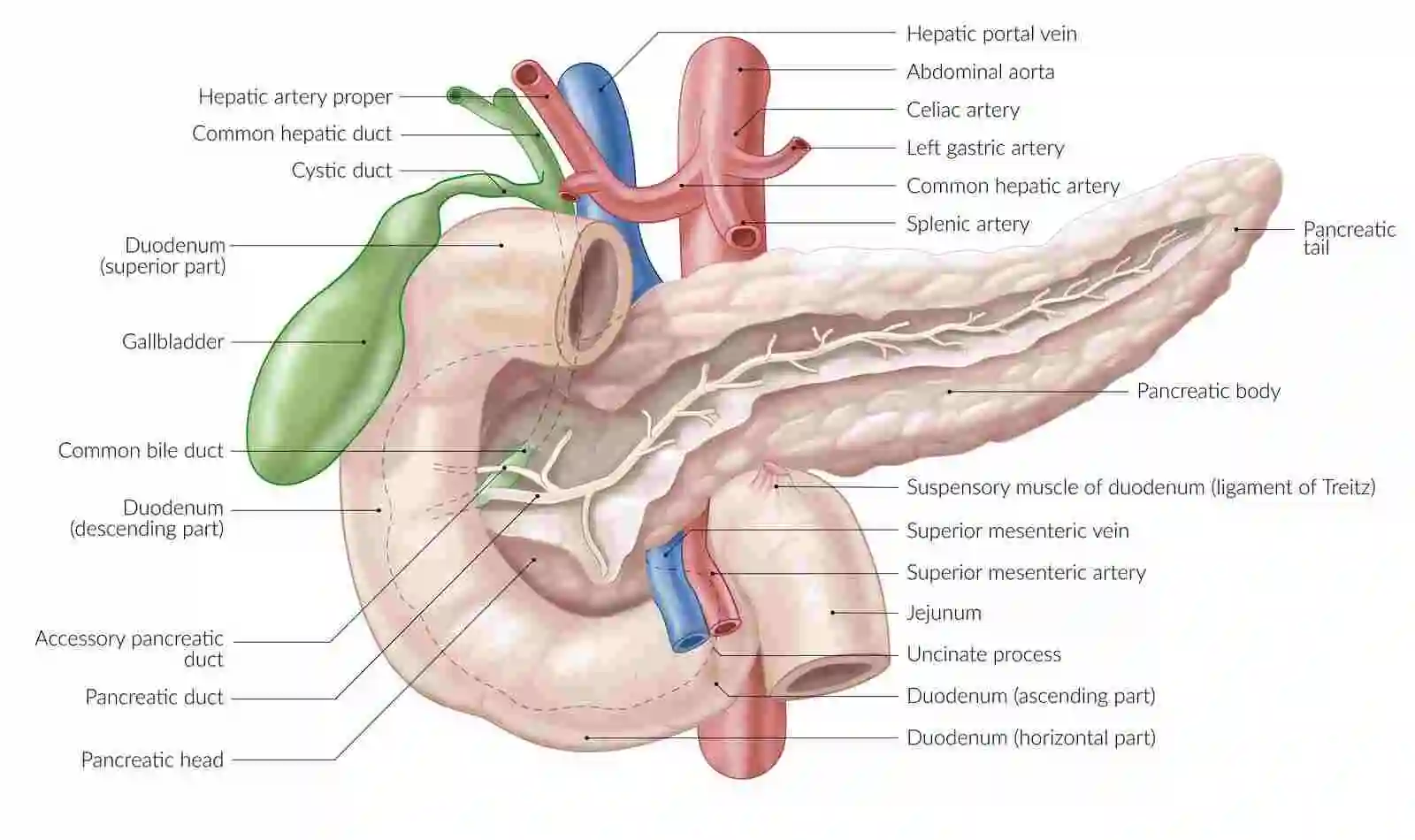
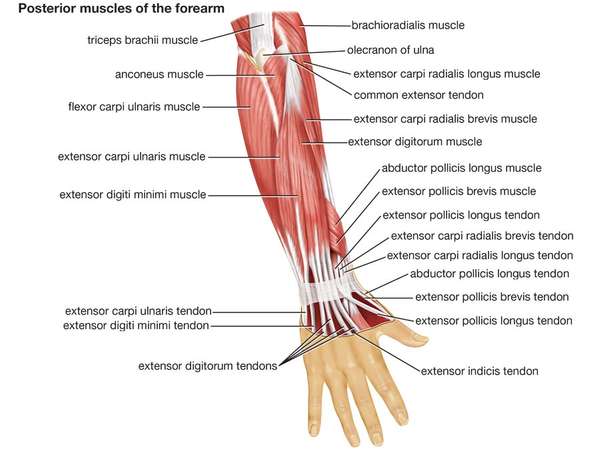
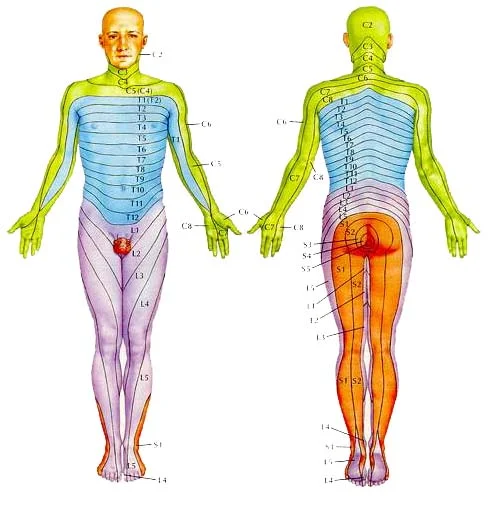
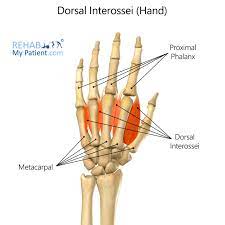

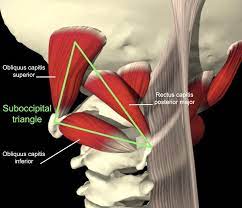
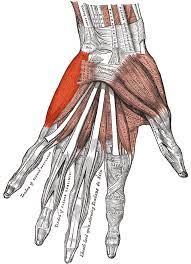
One Comment